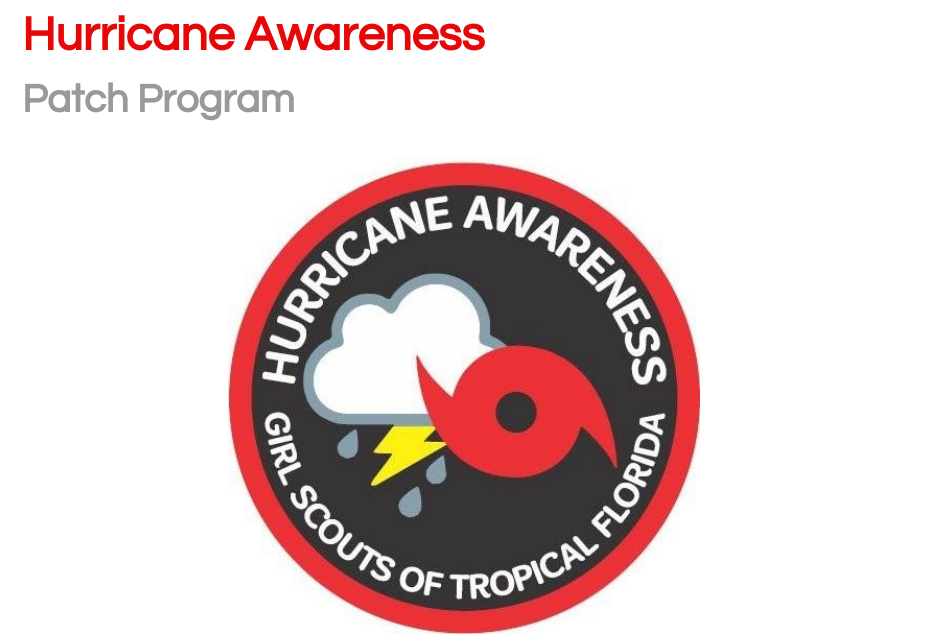 Featured
Featured
Leading a girl-led troop takes planning and choices on the leaders’ part to make sure girl have the opportunity to be decision makers. Follow along with our checklist to see if your troop matches up.
At each level, girls take on more and more of the decision making responsibility. Today’s article is all about older girls, but if you mentor younger girls, have no fear. Catch our previous article on the same topic, but for younger girls. If you work with Juniors, you may find yourself in the middle, using tips from both!
1. Are my girls researching and choosing their activities?
While girls may no longer need you to select a subset of options for their activities, they still need your help knowing where to find information. The saying goes, “You don’t know what you don’t know”. Your role is more about directing girls to new ideas and resources, and then letting them take the wheel.
Where to direct them for ideas:
- Bring out badge packets or print PDF resources from www.girlscouts.org/badgeexplorer for girls to look at when discussing and deciding
- Safety Activity Checkpoints – yes, safety is important, but in this case, you might just want them to read the table of contents to see new activities they may not have considered yet.
- Are girls starting to think about Girl Scout Silver and Gold Award Projects? Take a look at GSUSA’s Young Women of Distinction and your council’s own award recipients and their projects, so girls can see what’s possible.
- Sign up for events with other troops. Lots of troops get their best ideas from listening to another troop’s adventure. Find a way for your girls to share what they’re doing too!
2. Are my girls planning their own outings?
Your girls have likely been taking on some part of the planning for their trips, but make sure that you continue to add new aspect of the planning process. Girls may need help finding resources to make their planning decisions or even knowing what items to plan for.
Here’s a planning scenario: It’s time to plan your upcoming trip. Brainstorm some top options and then divide girls into small groups to do some preliminary budget planning before making the final decisions. What should you have girls include in their preliminary budget?
- Transportation
- Overnight accomodations
- Admission fees or tickets
- Meals
- Special gear/supplies needed
3. Do my girls address problems and consequences?
Sometimes you can see the consequences coming, sometimes you can’t. Girls develop resiliency when overcoming hurdles and trying again after failure.
What to keep in mind when it comes to consequences of their actions:
- Consider safety – As the leaders, you always want to step in to address a safety issue. Depending on the issue at hand, it might mean immediate action on your part, or an opportunity for you to have the girls step back and re-evaluate the issue themselves.
- Debrief – Guide a conversation for the group after something didn’t work out to help them find solutions for next time.
- Ask lots of questions. Critical thinking skills are the best way for girls to avoid or overcome obstacles. You can help them by asking questions often.
4. Do my troop volunteers know when to help and when to be hands-off?
Volunteers sometimes feel that passing more leadership to the girl takes them out of the picture, and when doing so, they see the troop struggle or become ineffective. The trick is, girls still need guidance. For many girls, it’s their first time having the power to make so many choices about their path. Suddenly taking a hands-off approach will leave them stuck without all the right skills. Instead, still be a guide, set them up for success, and direct them to the resources they need.
How to get on the same page:
- During a volunteer or parent meeting, have a conversation about the changing role of the adults as the girls age. Review any changing expectations.
- Share your expectations with the girls and set them up for success.









